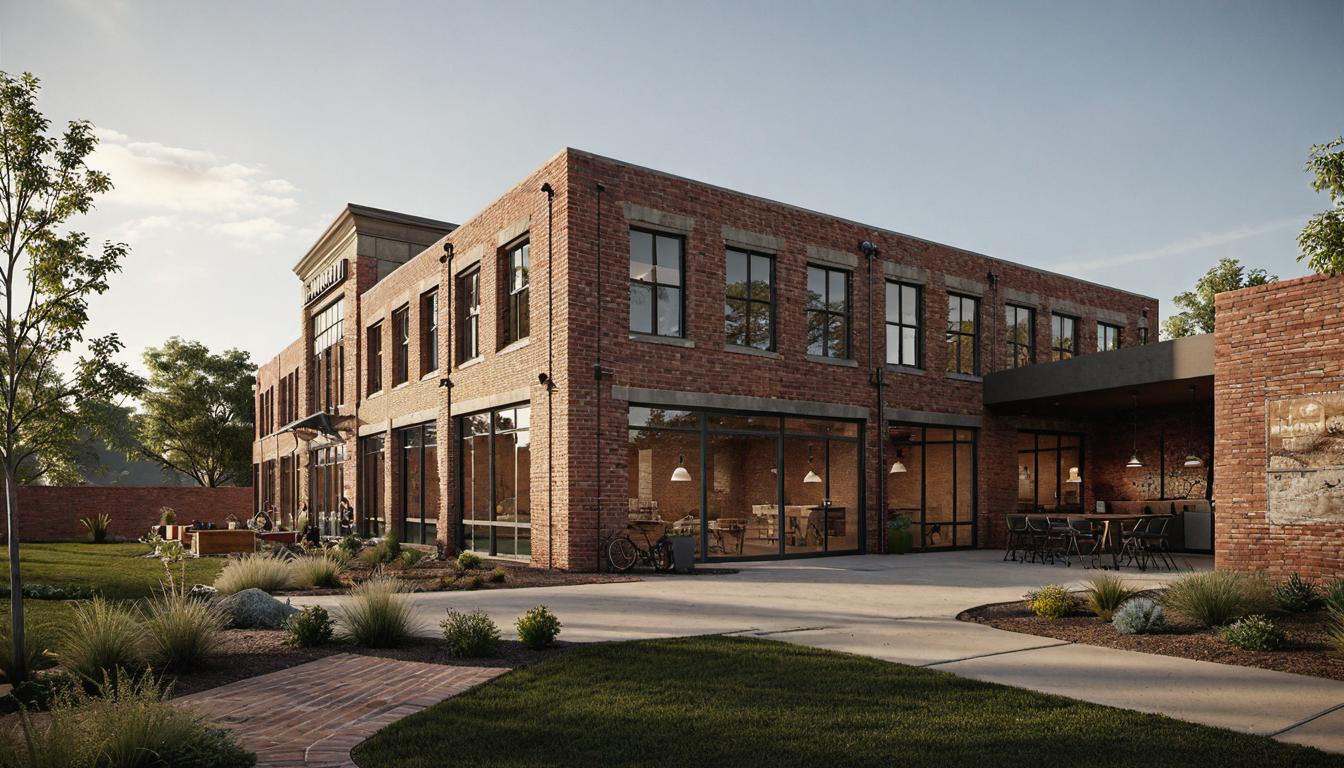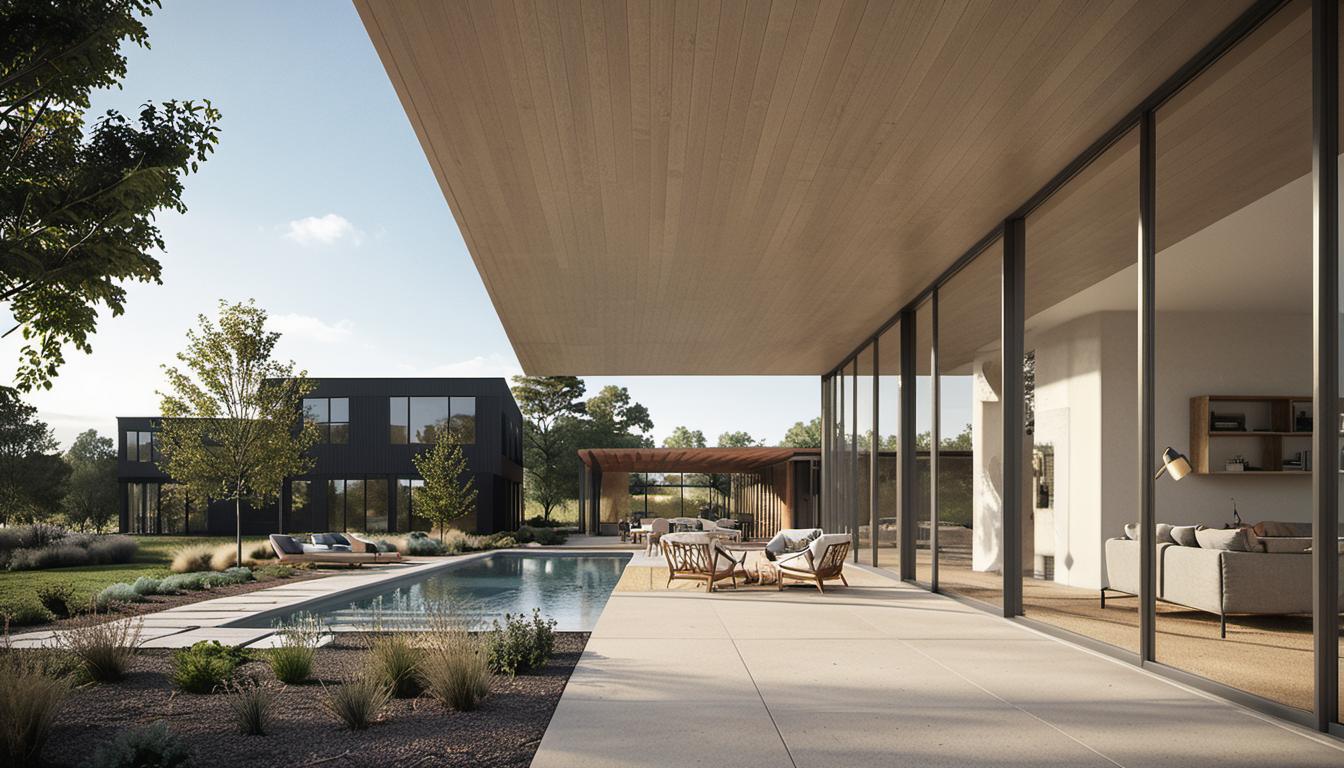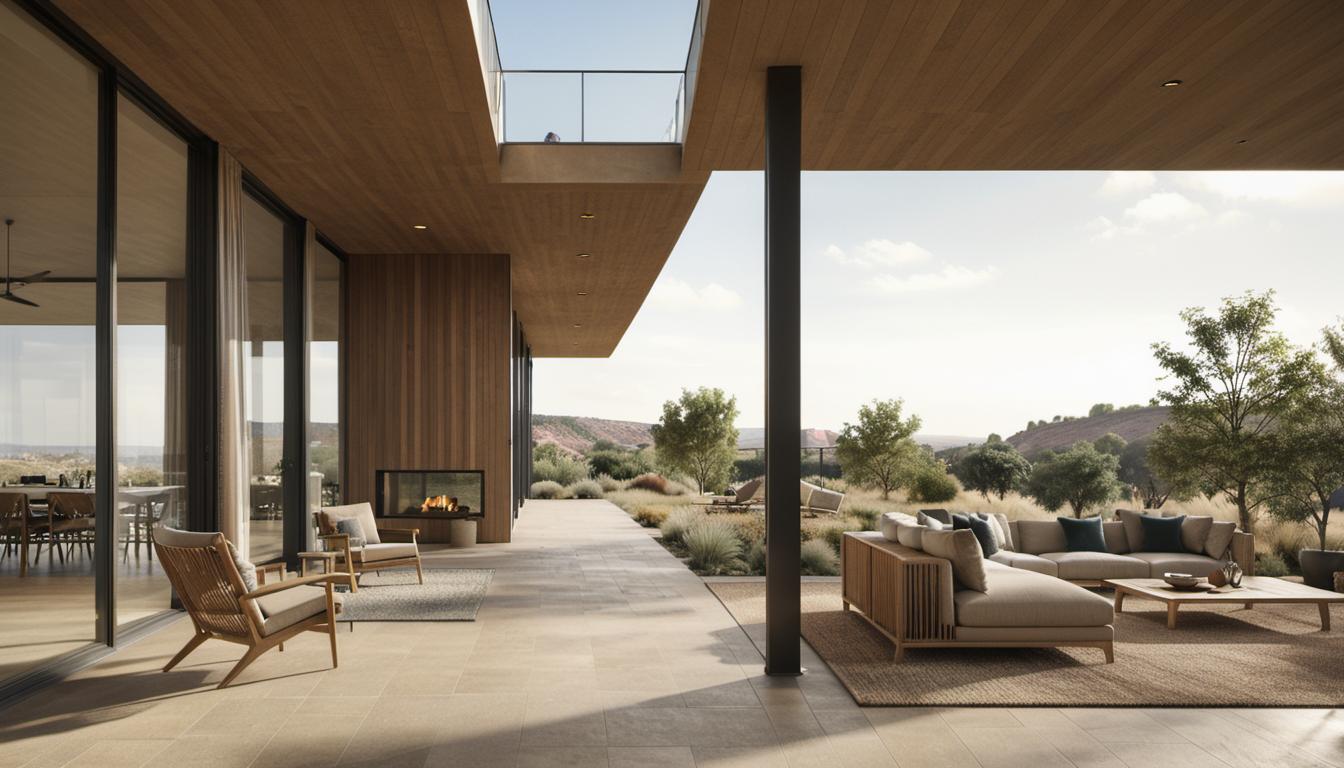The Role of Optimization in the Rendering Process
- Optimizing project renderings plays a vital role in enhancing the efficiency of 3D art projects. With optimization, you ensure quicker task completion and reduced usage of system resources.
- A poorly optimized rendering process can lead to an array of hurdles. Prolonged render times can result in missed targets, causing dissatisfaction among clients. Therefore, investing time in optimizing project renderings is crucial for success.
Timely Project Delivery and Compliance with Deadlines
- The completion and delivery of projects within agreed timelines significantly affects professional relationships. Excellent time management results in contented clients and establishes trust and reliability.
- The inability to deliver on time may compromise potential growth opportunities. Being unable to adhere to deadlines may lead to the loss of business to competitors. Therefore, speed and efficiency in rendering processes are essential for maintaining and expanding clientele.
Enhancing Project Speed and Cost-efficiency in Rendering
- One of the many effective ways to optimize project rendering is by refining the render region size. Shrinking the output settings yields quicker render times.
- Upgradation of RAM is another viable way to enhance rendering efficiency. Additional RAM allows smoother processing and quicker results.
- Understanding how to navigate custom settings in rendering software can improve project speeds.
- Investing in a superior graphics card and Solid-State Drive can make a noticeable impact on render speeds. Superior and efficient hardware helps in faster processing and rendering.
- Decreasing the polygon count in a scene can also expedite the rendering process. Fewer polygons correspond to lesser computational effort, leading to quicker results.
Utilizing Architecture for Realism in 3D Renders
- Lighting is a significant component in creating realistic project renderings. Proper brightness, focus, and direction of light can drastically enhance the visual appeal of renders.
- Using realistic textures and materials paves the way to more believable renderings. High-quality textures provide a visual depth and richness to the final product.
- Modern 3D rendering software possess the capabilities to create almost life-like visuals, provided that it is used effectively.
- Mastering the use of depth of field can create an immersive atmosphere in renders. This technique can result in a more appealing depth of perspective, increasing render realism.
Main Factors Contributing to Realism in 3D Renders
- Realistic lighting is vital in achieving high-end 3D renders. It plays a vital role in setting the mood and appearance of a scene.
- High-quality textures aid in maintaining the realism of renders. Their accurate implementation can make or break the final result.
- Real materials contribute to the visual realism of the scene. Paying attention to material details like reflectance and texture can make a major difference.
- Detailed models with accurate geometry and proportions help in maintaining the authenticity of a scene. Well-constructed models uphold the realism in the final render.
Architectural Rendering: The Conduit Between Concept and Reality
- Setting and understanding expectations at the onset of a rendering project is crucial. Renders should be devised, keeping in mind their end-use, whether it is for design exploration, marketing or client presentations.
- Architectural rendering serves multiple purposes magnificently. It is used for visualizing projects before initiation, marketing future projects, and exploring design concepts.
- The selection of camera angles can make a significant difference in how project features are highlighted.
- Optimization techniques ensure that renders have a maximum impact, irrespective of the platform they appear on. Well-optimized renders have a more uniform and consistent appearance across various digital spaces.
Art Rendering in Mobile Game Development
- Art rendering for mobile game applications comes with its unique set of challenges. It includes optimizing the interface, creating quality renderings within the limited hardware capacity, and ensuring consistency across different devices.
- Several best practices can aid the optimization of art rendering. These include techniques like texture compression, mipmapping, adaptive Level of Detail (LOD) strategies, and smart asset management.
- Applying adaptive resolution techniques improves device compatibility and presents an improved gaming experience.
Commonly Asked Questions
- Q: What can enhance the optimization process in 3D projects?
A: Some impactful strategies include adjusting render region size, upgrading RAM, utilizing software custom settings, and investing in advanced hardware. - Q: Why should rendering times be optimized?
A: Shorter render times improve project delivery, meet deadlines more easily, reduce the load on system resources, and provide more cost-effective results, benefiting both the clients and the professionals. - Q: What factors contribute to realistic 3D renders?
A: Realistic lighting, the use of high-quality textures, practical materials, and accurately proportioned models are the key factors for achieving realism in 3D renders. - Q: How does architectural rendering contribute to building design projects?
A: Architectural rendering allows the visualization of the final product before construction begins. It assists in the marketing process, design exploration, and gaining approvals and funding for the project. - Q: What are the recommended practices for optimizing art rendering in mobile gaming?
A: Effective practices include texture compression, mipmapping, employing Level of Detail (LOD) strategies, and streamlined asset management.





